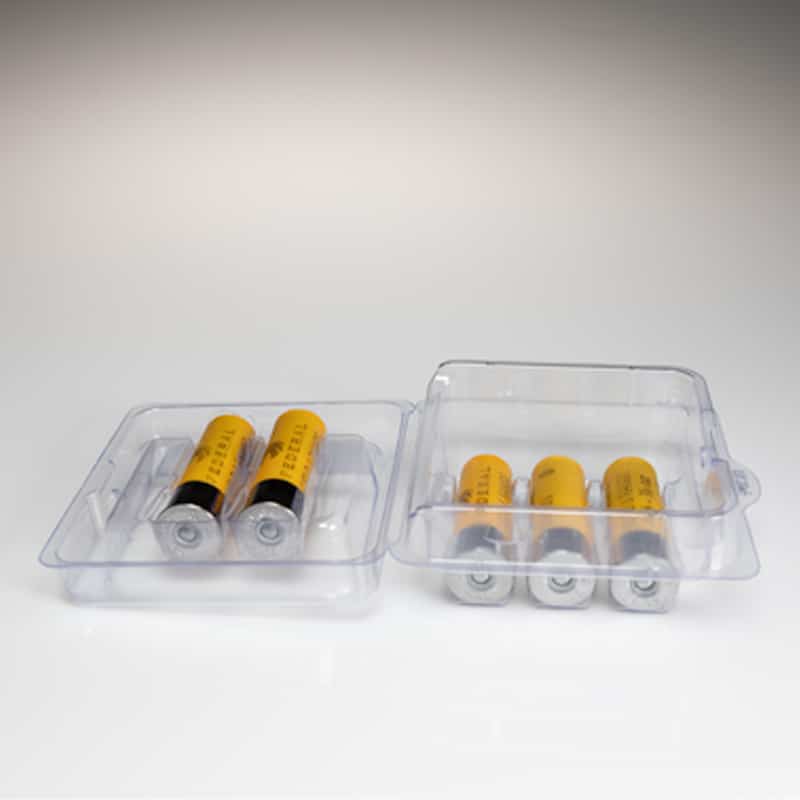When it comes to shotguns, the 20 gauge is a popular choice for both hunting and sport shooting. It strikes a balance between the power of a 12 gauge and the reduced recoil of smaller gauges like the 28 gauge. Whether you’re a seasoned shooter or a newcomer to the world of shotguns, understanding 20 gauge ammo is essential. In this comprehensive guide, we’ll explore the key aspects of 20 gauge ammunition.
Firstly, let’s talk about the gauge itself. The gauge refers to the bore diameter of a shotgun. In the case of a 20 gauge, the bore diameter is approximately 0.615 inches or 15.6mm. Compared to a 12 gauge, which has a larger bore diameter of 0.729 inches or 18.5mm, the 20 gauge is smaller but still packs a punch.
One of the advantages of the 20 gauge is its versatility. It can be used for a wide range of shooting applications, including hunting small game, upland birds, and even waterfowl. It is also a popular choice for sporting clays and skeet shooting. The 20 Gauge Ammo is known for its balanced performance, offering enough power for effective shots while maintaining manageable recoil.
When selecting 20 gauge ammo, you’ll encounter various types, each designed for specific purposes. The most common types include birdshot, buckshot, and slugs. Birdshot, as the name suggests, is used for hunting birds and small game. It consists of multiple small pellets that spread upon firing, increasing the chances of hitting fast-moving targets.
Buckshot is primarily used for self-defense and hunting larger game. It consists of larger pellets that deliver significant stopping power. Buckshot rounds typically contain fewer pellets than birdshot rounds but provide increased penetration and impact.
For those seeking extended range and accuracy, slugs are the ideal choice. Slugs are solid projectiles that offer improved accuracy and are suitable for hunting deer and other medium to large game. They provide excellent stopping power and are capable of delivering lethal shots at greater distances.
When it comes to understanding the ammunition markings, the 20 gauge follows a similar convention to other gauges. The most common marking you’ll encounter is the shot size, which is denoted by a number. Smaller numbers represent larger shot sizes, while larger numbers represent smaller shot sizes. For example, a 20-gauge shell with a shot size of #7 will have smaller pellets than a shell with a shot size of #4.
In conclusion, the 20 gauge shotgun is a versatile and popular choice for various shooting applications. Understanding 20 gauge ammo is crucial for maximizing your shooting experience. Consider the intended purpose, such as bird hunting or self-defense, and select the appropriate ammunition type and shot size accordingly. Whether you’re a seasoned shooter or a beginner, the 20 gauge is a reliable and effective option that strikes a balance between power and recoil.

